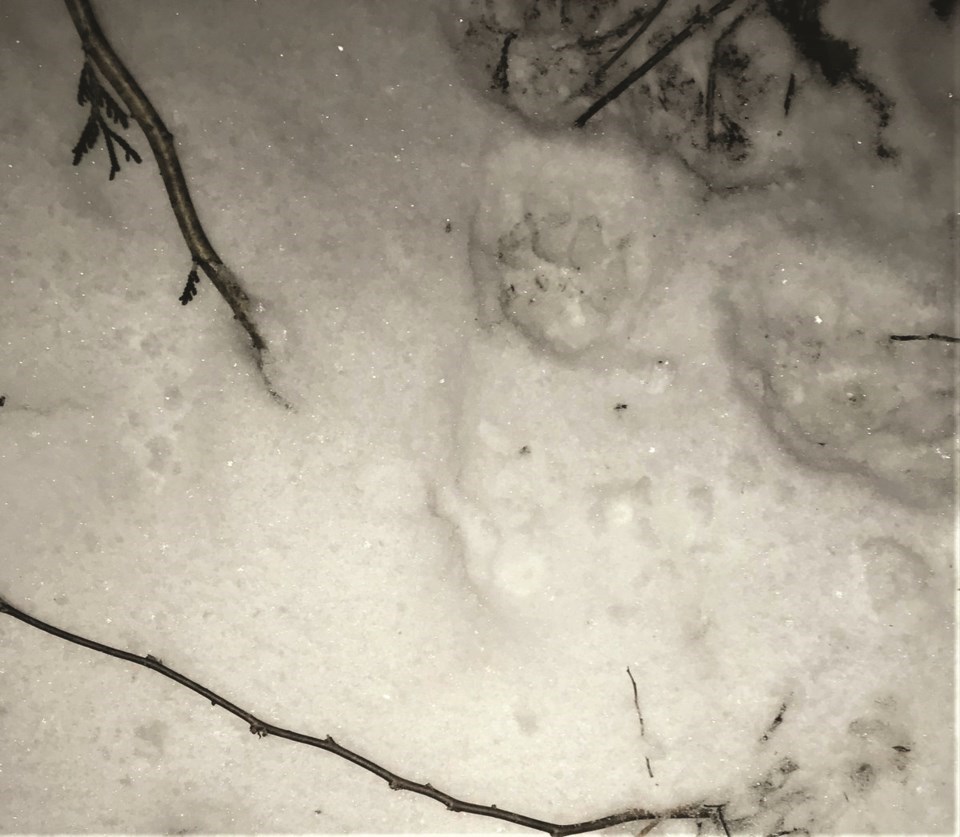Fighting back likely saved the life of a local man who was attacked by a cougar north of Whistler this week, according to the Conservation Officer Service (COS).
The 64-year-old man was on his rural property in the Soo Valley on Monday afternoon, Jan. 25, when he was mauled by a young, emaciated cougar, suffering major injuries to his face and hand. (The COS originally reported the man’s age as 69.)
“We all know cougars are opportunistic feeders, and judging by the condition this cougar was in, it was quite desperate for food and definitely showed predatory behaviour towards the individual that was attacked,” explained COS officer Brittany Mueller.
Although cougar attacks are rare, Mueller said when they do occur, it’s commonly younger cats who lack hunting ability and experience.
“Based on the age this cougar was, it more than likely got disposed from mom not that long ago, trying to find its own territory and it just isn’t an efficient hunter,” she added.
The agency stressed that the victim “took the right steps” during the incident by fighting back against the cougar.
“For all of our large predators, typically it’s the same response: You want to make yourself look big and you don’t want to turn and run,” said Mueller. “If it was to attack like this cougar did, you want to fight back and you want to make sure that you’re trying to go for the face of the animal where you’ll do the most damage in fighting back. That’s what saved this individual’s life. He was able to deter the attack from continuing.”
The cougar, which was reportedly still on the grounds when first responders arrived, was shot and killed by RCMP officers on the scene.
At press time, the COS Predator Attack Team remained onsite to monitor the situation and ensure public safety.
The incident marked the first reported cougar sighting in the Soo Valley in recent memory. Mueller did say that the wider Sea to Sky continues to see one or two cougar sightings a month, but “nothing out of the ordinary” for this time of year.
An increase in sightings had been noted in the Kelowna area, with reports more than tripling in 2019‚Äîfrom five sightings to 19. Just what was behind the uptick is tough for researchers to pin down, especially considering how difficult it can be to track the elusive animal.¬Ý
‚ÄúIt‚Äôs hard to know [why] a lot of animal populations go up and down,‚Äù Adam Ford, Canada research chair in wildlife restoration ecology and professor at the University of British Columbia‚Äôs Okanagan campus, told¬Ý Vernon Morning Star in a May 2019 interview.
“Maybe there’s a link to changes to other sources of food. If the whitetail deer population went down, as they don’t do as well in the winter, you might see more cougars wandering around.”
Mueller stressed that, despite their rarity, cougar attacks can occur “anywhere” in British Columbia.
“Always be prepared and alert for an encounter and know what to do,” she added.
In the past century or so, there have been a total of five fatal cougar attacks in –°¿∂ ”∆µ, with all but one occurring on Vancouver Island.
For more information on what to do in a.




